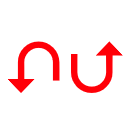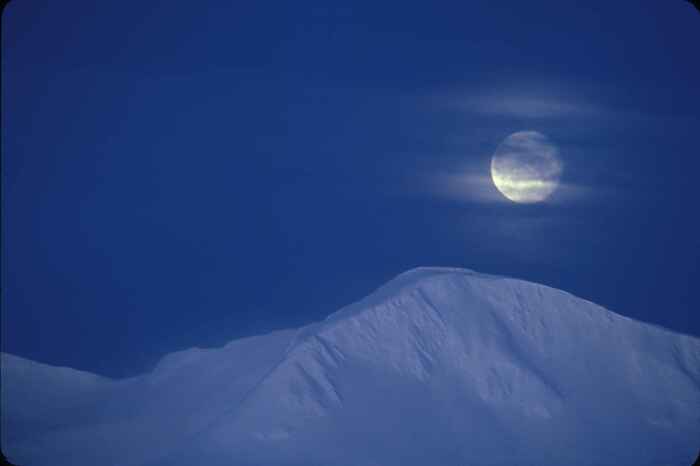Here comes the mini moon.
It's the smallest full moon of the year, at least in appearance.
It is the opposite phenomenon to that of the Supermoon, which occurs when the full Moon is close to the point of its orbit closest to the Earth (perigee).
In the case of the Minimoon, on the other hand, the full Moon is close to the point of its orbit furthest from the Earth (apogee) and, consequently, appears slightly smaller than a traditional full Moon.
At the apogee, reached on February 4, the Moon was 406,475 kilometers from the Earth, according to the website of the Italian Astronomers Union (Uai) and the Full Moon phase occurs on February 5, after one day and 9 hours from 'apogee.
February's full moon is known as the "Snow Moon" in the Anglo-Saxon world, says astrophysicist Gianluca Masi, scientific director of the Virtual Telescope.
"The name comes from the fact that February is the snowiest month in North America."
The Moon is already visible at sunset, but the full Moon reaches its peak at 7.31 pm Italian time.
"Observing it, we will have the illusion that the lunar disk is smaller, but it will be absolutely identical. It rises between the stars of Leo and to keep it company are the three brightest planets".
Looking to the South-West you can in fact see Venus, Jupiter and Mars.














